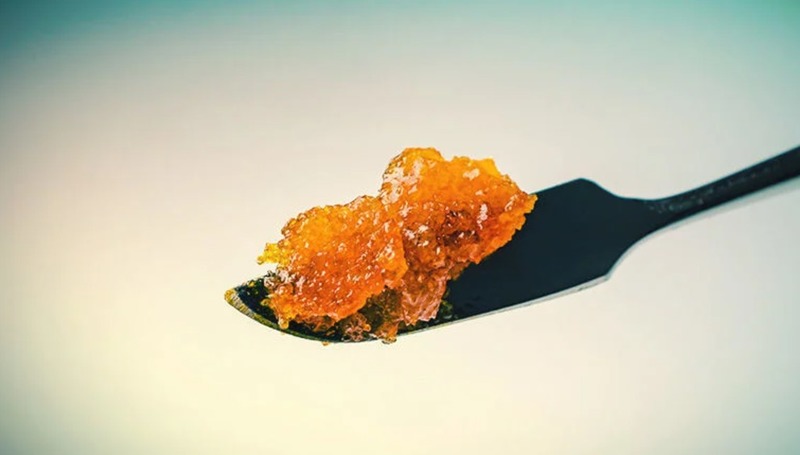Learn how to produce high-quality BHO shatter, a highly concentrated cannabinoid extract that you may vape in a BHO pipe, portable vaporizer, or even turn into a thin strong wrap around your joint. It’s like smoking the most delicious, powerful blunt on Earth, so any smoker should know how to make it. This kind of extract is best experienced with your pals to discover how high this form of extract can get you. It may be produced from flowers or trimmings, giving you endless opportunities. So, without further ado, let us look at how to make top-notch BHO shatter! Looking to try something new? Check out this.

What materials are needed to make BHO Shatter?
Before we go further, keep the following points in mind to produce high-quality BHO shatter on your own: While a few of these items are required for success, the list below is exhaustive. A high-quality product for your flowers or trimmings is also necessary; they should be fresh rather than dry for optimal outcomes.
- Resin Extraction method (roller)
- Refined Clipper or Colibri Butane Gas (Clipper is less impure)
- Cooking paper or silicone tray/mat
- Dull blades
- Glass tray
- Heating plaque
- Vacuum pump
- Desiccator or something similar (pot with methacrylate lid, for example)
- Silicone containers for the resulting extract
- Fresh buds/trimmings
- Balcony, terrace, or an open-air area to work in
Which Is Safer? BHO vs CO2
Both BHO and CO2 extraction methods are entirely safe when conducted in a closed-loop system and in a secure, compliant environment. A closed-loop system allows for the extraction of concentrate from flower in an airtight setting.
Many people believe that CO2 extraction produces cleaner concentrates with no residual solvents, implying that the butane solvent used in BHO extraction leaves behind dangerous toxins and an unpleasant aftertaste overwhelming natural terpenes and aromas – which is not the case.
In reality, CO2 extracted oil will almost always be combined with a secondary solvent, like ethanol, in the post-processing stage of creating a product to winterize or crystallize. Because ethanol is required to be purged from the concentrate and there are no solvents added during the process, this is also true for butane extraction.
Both BHO and CO2 extractions pose the same risks as each other, and neither is more hazardous than the other when managed by skilled personnel. While open blasting systems have been strongly condemned for using butane, they operate at a considerably lower PSI than CO2. A closed-loop BHO extraction system will almost certainly work at less than 150 PSI.
A CO 2 extraction system, on the other hand, will often pressurize between 1,500 and 8,700 PSI. Because CO2 systems operate at these high pressures, it is critical to do a number of preventive maintenance procedures to guarantee the operator’s safety.
Which Provides the Superior Product? BHO vs. CO2
Butane extraction is often held to be more scientifically sound than carbon dioxide techniques for producing concentrates. As a result of its simplicity, BHO extraction is generally considered to be the better method to create high-quality, terpene-rich cannabis extracts.
In the course of creating many craft concentrates using butane extraction (wax, live resin, or badder), you may complete your initial extraction, purge your solvent in a vacuum oven, and then deliver your product straight to the shelf!
When compared to butane extraction, CO2 extraction has a greater amount of post-processing since CO2 extraction extracts more moisture, lipids, and waxes from the source biomass, and these undesirables must be removed from your oil. As a result, a CO2 extracted product is also likely to have less natural flavor and a different texture than a butane extracted concentrate. Flavor may sometimes be restored into a CO2 extracted product by reintroducing separately extracted terpenes back into the mix; however it is unlikely to match the best BHO concentrate on the shelf.
Gaskets
Different components and connections in the system require different types of gaskets to create an airtight seal. For example, mesh gaskets can be used at the base of a column that houses biomass or filter media. Mesh gaskets are ideal for chromatography filtering and can remove specific particles. Gaskets come in sizes ranging from 1.5 to 6 inches.
Fittings
The size of your NPT fittings might be the tiniest parts in your equipment, but they need the highest level of quality to ensure that they do not break down over time or malfunction under the most extreme temperatures and pressures. A closed loop system is only as sturdy as its weakest link.
Ball Valves
The quality and quantity of the butane in your system influences both the yield and final extract. The amount of butane put into your system is also very important; this affects how fast you’ll be able to eliminate it if something goes wrong.
Ball valves let you regulate butane in a safe and efficient way. Compression, tri-clamp, and NPT valves are among the types of ball valves available. Ball valves can function at various temperatures and assist you in generating an unrestricted stream.
Flow meters that work on a mechanical or digital principle are simple to install and remove for greater precision. Digital flowmeters feature an easy-to-read display that may be positioned in a number of ways depending on your system layout. Local and remote displays are available.
